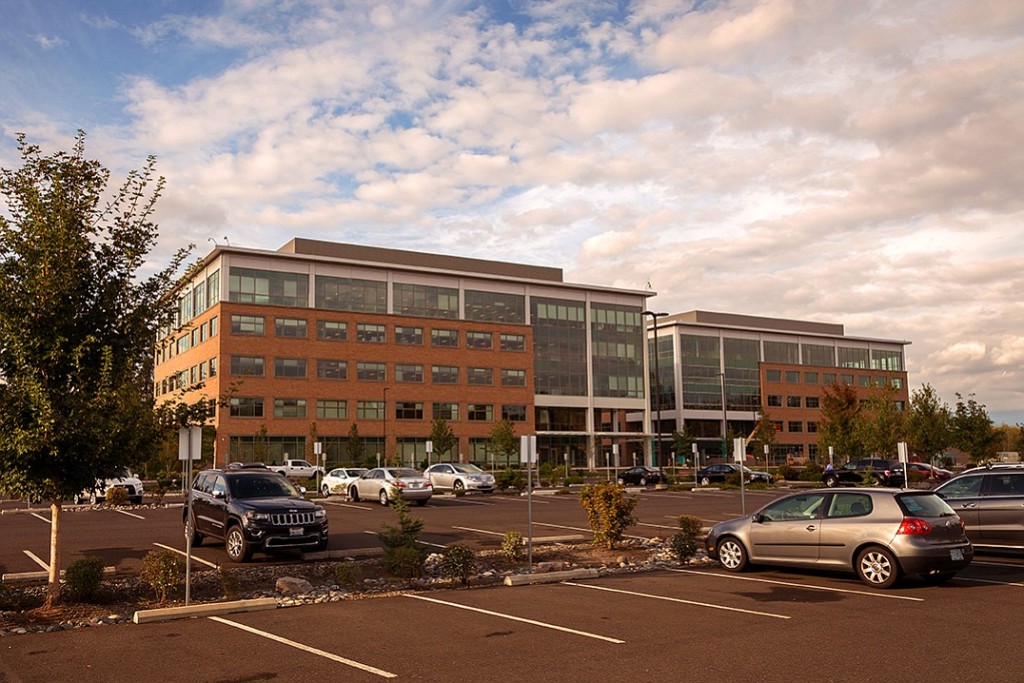If you’re looking for good news this holiday season, consider this: the greatest area of job growth in Clark County over the past seven years is in jobs that deliver the highest wages.
While the county job base increased by 3.2 percent from 2007 to 2014, higher-wage jobs paying $54 per hour or more grew by 26 percent, according to a new analysis by Scott Bailey, regional economist for the State Employment Security Department. Ninety percent of the high-wage jobs are in health care, corporate offices, finance and wholesale trade.
“This is in some ways a success story,” Bailey said, fueled in part by employers new to the county.
Meanwhile, the number of jobs paying less than $30 per hour barely changed over those seven years, and most of the scant increase was in jobs that paid $12 to $17.99 per hour, below the median wage. There was very little growth in the number of jobs paying $18 to $29.99 per hour, categories that make up the middle-class workforce.
Looking strictly at 2014 wages and how they differed from 2013, growth was balanced between jobs that paid above and below the county median wage of $20.32, with the fastest growth rate — 10.6 percent — at the top of the wage scale and the second-fastest — 4.8 percent — in jobs paying between $12 and $17.99 per hour.
The new data for 2014 reflect a longer-term trend in which the number of middle-wage jobs are holding steady while high-wage employment and low-wage jobs, primarily in retail and service sectors, are growing steadily on a percentage basis. The upshot: a slow but steady rise in wage inequality within the county.
In his analysis of Clark County wages and employment between 2007 and 2014, Bailey found that the pay gap between the low-wage and middle-wage earners didn’t increase significantly. But the same could not be said of the wage differential between middle-wage and high-wage workers.
Back in 2002, the average wage for county’s highest-paid 10 percent of workers was 3.6 times the county’s median wage. But by 2014, those top earners had seen significant pay increases and earned salaries 4.2 times the median — a 15 percent increase in the gap.
“So it was a case of the top breaking away from the median,” Bailey wrote in his wage report.
Few gains for middle class
Bailey’s report is brief — just four pages with four charts and some written analysis — and is filled with important nuance. It does not reach conclusions about how much of the growing wage gap is due to an increase in the number of higher-wage jobs in the county and how much due to larger-than-average wage increases for those who earn the most. It draws no conclusions on how much the flattening of wages in middle-income job categories reflects a loss of jobs during the economic downturn, as opposed to a dearth of pay increases. And there’s no way to know for certain how much the big jump in $12- to $17.99-per-hour jobs in 2014 was due to job creation and how much was due to workers’ moving up a notch due to the state’s inflation-adjusted increase in the minimum wage, which now stands as $9.47 per hour.
Bailey said his research found that while wages for the lowest 10 percent of workers increased, in part due to the minimum-wage hike, that uptick did not ripple into other pay categories.
The increase in the minimum wage “supported workers at the very bottom of the scale, but had little effect on wages above the minimum,” Bailey wrote.
The report makes some worrisome comparisons between Clark County and the state as a whole. From 1994 to 2002, Clark County wages were tracking steadily upward, running approximately $2 an hour below the statewide median. Bailey’s analysis shows that Clark County wages flattened at about $20 an hour in 2003, hitting a peak in 2008 at $20.69 before dropping over the next few years to the current $20.32. While the median county wage has remained roughly flat since 2009, the state median started climbing in 2012 and now sits at $22.61 per hour.
The wage report research is based on an analysis of more than 3 million wage records for Washington employees. It does not include federal jobs, private household workers, and many corporate officers.




